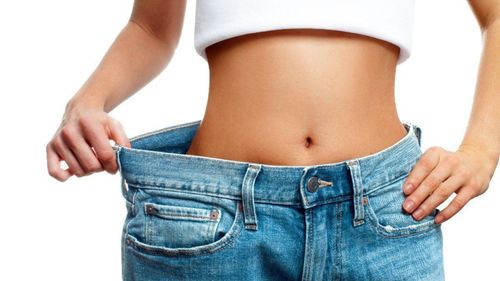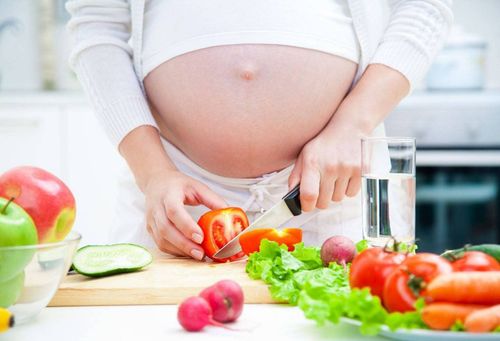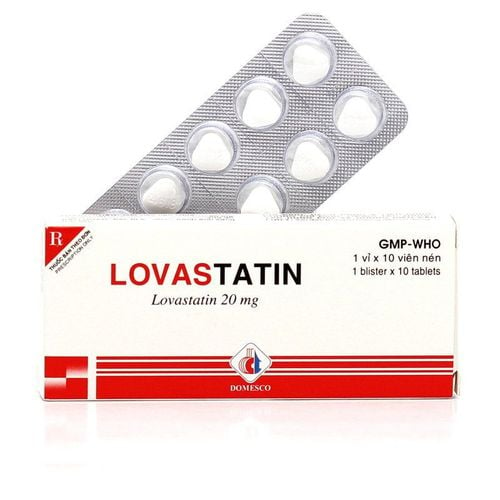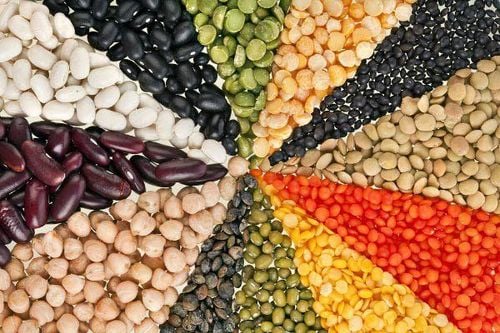This is an automatically translated article.
Energy density is the amount of energy, expressed in calories, in a particular weight of food. High-energy foods have a large number of calories per serving. Energy density is determined by the ratio of macronutrients (protein, fat, carbohydrates), fiber, and water. Foods that are high in fiber and water have a lower energy density. Foods with more fat have a higher energy density. This article will help you better understand the energy density of your diet.1. What is energy density?
'Energy density' is the amount of energy (or calories) calculated per gram of food. Foods with a lower energy density provide fewer calories per gram of food – this means we can create servings that are satisfying but with a relatively low calorie content.Evidence shows that diets with low energy density can help people maintain a healthy body weight. Low energy density foods including foods with a high water content, such as soups and stews, or certain other foods such as pasta and rice that absorb water during cooking, and natural foods have plenty of water, such as fruits and vegetables. Fiber in foods like whole grains and potatoes with skins can also help reduce energy density.
Foods with a high energy density tend to include foods that are high in fat and low in water, such as cookies and confectionery, crisps, peanuts, butter and cheese cool. Studies have shown that people tend to consume the same amount (weight) of food each day, but not necessarily the same amount of energy (or calories). Thus, they can completely consume less energy, without feeling hungry, by eating a diet with a lower energy density that still makes up the same weight of food throughout the day. This is perhaps best illustrated by an example of 2 servings of fruit after-meal desserts - they are very different sizes but in fact both contain the same amount of calories! The difference is that one dish has a low energy density, while the other has a higher energy density. Basically, by choosing a lower energy density option, you will eat more food for the same amount of calories!

Thực phẩm có mật độ năng lượng cao có xu hướng bao gồm các loại thực phẩm có nhiều chất béo và hàm lượng nước thấp như các loại bánh kẹo
Energy density = calories / food weight (grams)
So using the desserts above as an example, both contain about 215 kcal, but one weighs 300g while the other weighs in at 300g weighs only 140g. So: Energy density of heavier desserts (consisting of strawberries, low-fat yogurt and granola sprinkles) = 215 kcal / 300g = 0.7. The energy density of a lighter dessert (including strawberries and cream) = 215 kcal / 140g = 1.5
So even though the two desserts have similar calorie content, the heavier one has a much lower energy density than the lighter weight dish and so the dessert portion is twice as large as the other dessert.
People divide foods by energy density into categories:
Foods with very low energy density = less than 0.6 kcal/g Foods with low energy density = 0.6 to 1, 5 kcal/g Medium energy density foods = 1.5 to 4 kcal/g High energy density foods = more than 4kcal/g It is better to base your diet on foods foods with low or very low energy density, consuming moderate amounts of certain foods with medium energy density, and consuming foods with higher energy density in small amounts and less often than. It is the advice of medical experts so that you can maintain a reasonable weight level and still ensure satisfaction after each meal.
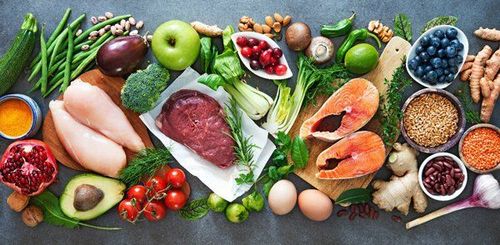
Bạn hoàn toàn có thể tính toán mật độ năng lượng của thực phẩm nếu bạn biết trọng lượng của khẩu phần thức ăn
2. The role of energy density in weight management
Macronutrients, carbohydrates, fats, and proteins vary in calories per gram. Alcohol can also add energy. Because our foods are different combinations of these nutrients, they vary greatly in energy content and energy density. The concept of food energy density was popularized in the nutrition world through the work of Barbara Rolls and James Stubbs in the 1990s and early 2000s. Their research indicates that the application of the concept is applicable. The concept of food energy density can help guide choices and control hunger while remaining flexible enough to satisfy individual preferences.A small amount of high-fat food will have a very high energy content. Visual cues may not preclude consuming large amounts of energy from such foods. Several studies have shown that subjects tend to eat the same amount of food regardless of the macronutrient composition.
James Stubbs and colleagues demonstrated that when study subjects received diets containing 20 %, 40 % or 60 % fat and were able to eat adlibitum, the weight of food they consumed was the same. . However, total energy intake was significantly different, with higher fat diets showing higher intakes. This also leads to more weight gain.
This result is also observed outside the laboratory. In a representative group of US adults, men and women who reported eating a lower-calorie diet consumed fewer calories but enjoyed a greater variety and amount of food. compared with those who ate a higher energy density diet. Several large-scale longitudinal and cross-sectional studies conducted with thousands of participants and several peer-reviewed articles have shown that a decrease in energy density leads to an increase in energy consumption, while energy density increases. An increase in intake leads to a decrease in intake which means that a decrease in energy density leads to an increase in energy intake, while an increased energy density leads to a decrease in intake. Most of these studies looked at postprandial intake or 24 hours after a meal, however similar results have been obtained by studies spanning days or even weeks. These studies provide further evidence that eating with a low energy density is a relatively effective method for weight loss or weight maintenance.
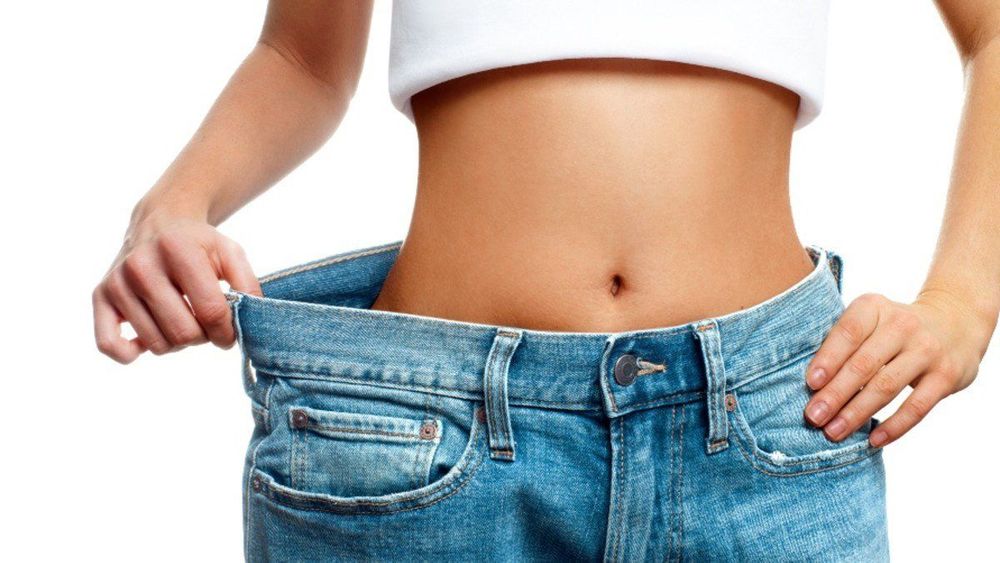
Ăn uống với mật độ năng lượng thấp là một phương pháp tương đối hiệu quả trong việc giảm cân hoặc duy trì cân nặng
Normal-weight individuals on a diet with a lower energy density compared with obese individuals, and those who ate a lot of fruit and vegetables had the lowest values for dietary energy density and copper. It means that the rate of overweight and obesity in this group is also the lowest. This is not surprising, as fruits and vegetables in general are high in water and fiber content, providing large amounts of food but less energy than most other food sources.
If energy density is such an important factor, how do we manipulate it without changing the taste of the food? Only small changes to the diet are needed to change its energy density. The energy density of many common foods, such as pies, pizza, sandwiches, and stews, can be reduced without appreciably affecting taste or serving size by reducing the amount fat and add more vegetables and fruits. Adjusting food choices in this way will also lead to the formation of a healthier eating pattern that aligns with dietary guidelines for healthy eating.
Education about energy density can be an effective strategy for weight loss. There are a number of practical ways to reduce the energy density of a meal and these will be discussed in the tutorial. Eating a meal with a variety of low-calorie foods enhances feelings of satiety and reduces the amount of energy put into the body during meals
The researchers also concluded that during the meal, foods with honey should be eaten. low energy levels before One example is from a study by Barbara Rolls and colleagues. They studied a group of 42 women and fed them either one of the first six salads or no salad at all. Followed by the main meal. Subjects were asked to eat salad but could eat as much or as little pasta with their main meal as they wanted. Salads are varied in energy density and serving size by using dressings and adding cheese. The results were astounding: compared with not taking this appetizer, consuming a salad with a low energy density reduced the meal's energy by 7-12%, while a salad with a high energy density increased it. food intake 8-17%.
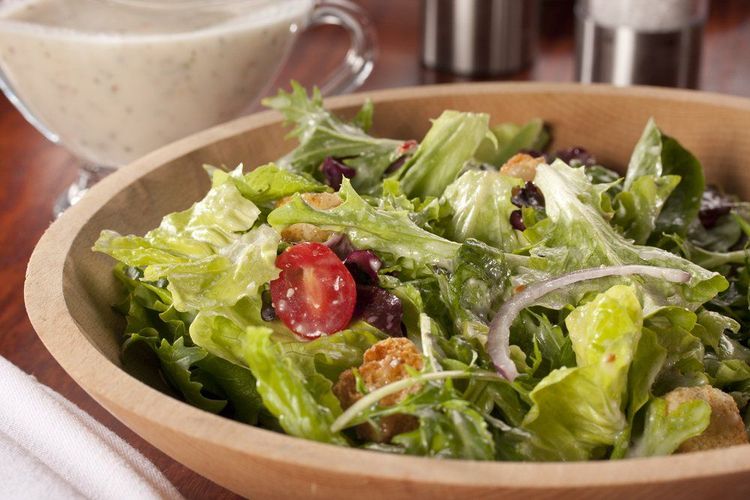
Việc tiêu thụ món salad với mật độ năng lượng thấp làm giảm năng lượng bữa ăn từ 7-12%
If you have a need for consultation and examination at Vinmec Hospitals under the nationwide health system, please book an appointment on the website for service.
Please dial HOTLINE for more information or register for an appointment HERE. Download MyVinmec app to make appointments faster and to manage your bookings easily.
Reference sources: nutrition.org.uk, mysportscience.com



